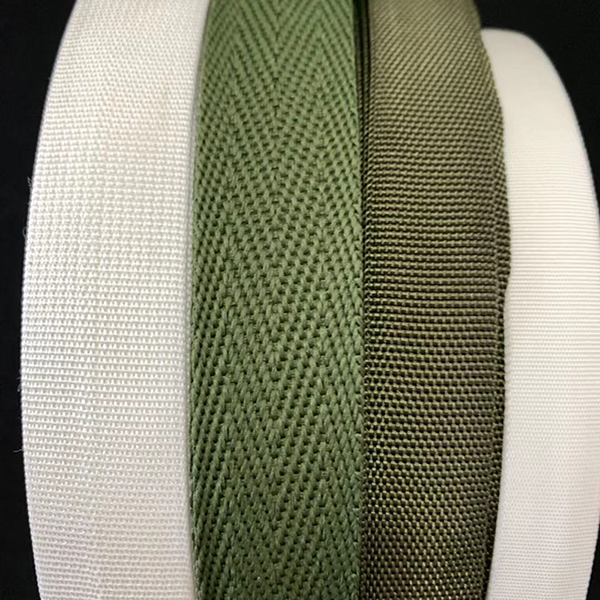Polypropylene fiber is made from polypropylene by melt spinning. The main products are: short fiber, filament and membrane fiber.
1. Morphological structure
The cross section and longitudinal shape of polypropylene fiber are similar to those of polyester fiber and nylon fiber.
2. Moisture absorption and dyeing
Polypropylene fiber is almost non hygroscopic, but it has a unique wicking effect, and water vapor can be transmitted through capillary tubes. Therefore, it can be made into sportswear Selvedge webbing Or filter fabric. Polypropylene fiber has poor dyeability, is not easy to dye, and has incomplete dyeing chromatogram.
3. Mechanical properties
Polypropylene fiber has high tensile strength, elasticity and wear resistance, similar to polyester fiber; According to the needs, it can produce softer or stiffer fibers.
4. Chemical stability
Nylon has excellent chemical stability, strong acid and alkali resistance, and good corrosion resistance.
5. Thermal properties
The melting point (160~177 ℃) and softening point (140~165 ℃) are low, and the heat resistance is poor, but the wet heat resistance is high. The thermal conductivity is low among common fibers, so the thermal insulation performance is good.
6. Density
The density of polypropylene fiber is only about 091 gcm3, which is low among common fibers, so the covering property of the fabric is high.
7. Optical properties
Polypropylene fiber has poor light resistance and is easy to age. Chemical antioxidant is often added in manufacturing.
Polypropylene staple fiber can be pure spun or blended with cotton, viscose fiber, etc., to weave decorative fabrics, geotextiles, filter fabrics, artificial lawns, etc., such as clothing fabrics, carpets, edging webbing, etc; Filament (including textured silk) can be used for knitting or weaving underwear, sportswear, etc; Membrane cracking fiber is widely used in packaging materials, ropes Backpack webbing And other textiles to replace hemp fibers.


